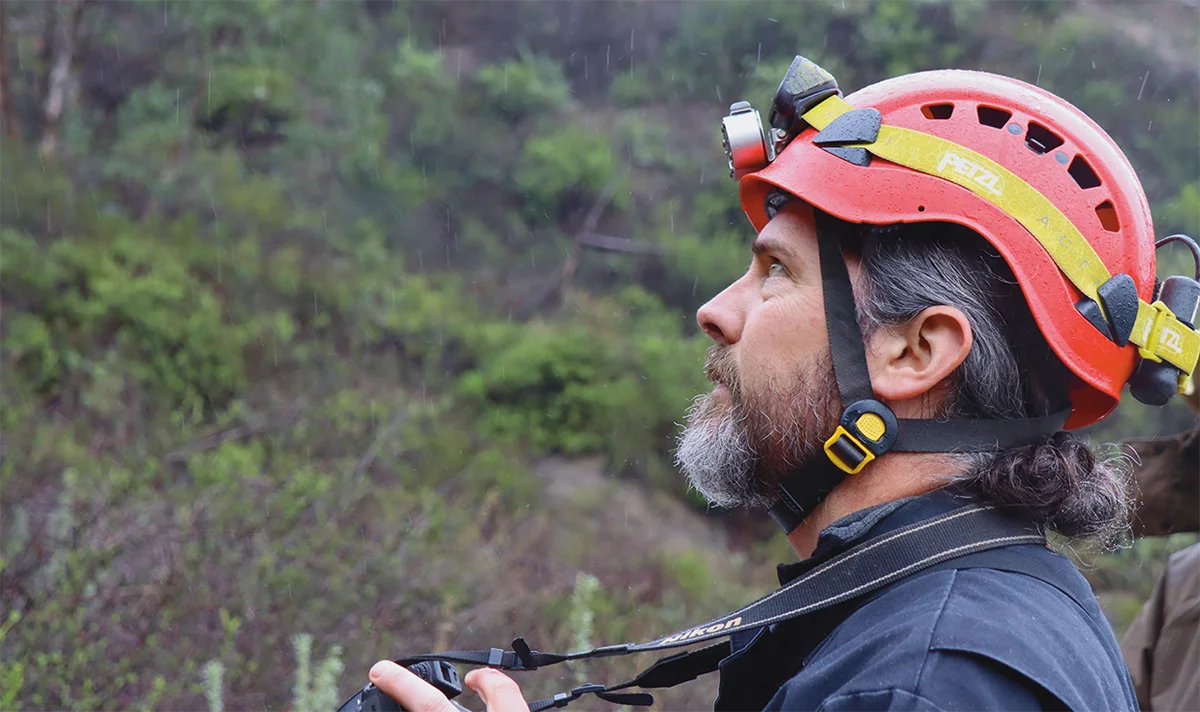

Going Underground
hawn Thomas leads the Subterranean Team of Bat Conservation International’s (BCI) Habitat Protection and Restoration Program, which works to preserve, protect, and restore subterranean habitat through federal and state land management agencies and private landowner collaborations. He joined the Subterranean Team in 2014 after working with the National Park Service to manage, explore, and document the cave systems of the western U.S.
What threatens bats’ subterranean habitat?
Bats also rely on healthy surface ecosystems to survive. While their subterranean roosts provide critical homes for raising their pups or undergoing hibernation, all bats must emerge from their caves to forage and drink. An intact ecosystem is necessary for providing a healthy abundance of insects, pollen, and clean water that subterranean bats require.
BCI’s subterranean team has recently partnered with the U.S. Fish and Wildlife Service—what projects are you working on with the agency?
As part of this process, we’re also conducting cultural surveys that reveal the mining histories at these sites, which establishes protection for significant cultural resources. We are also looking for opportunities for habitat restoration in and around mine openings. We feel fortunate to contribute to the integrity of these iconic places, and with an agreement to conduct this work for the next five years, we are just getting started.
What are the differences between caves and abandoned mines in terms of your work?
I’ve always wondered whether bats are in tune with the differences between caves and abandoned mines or if they “see” them as the same. Both sites offer ideal habitat for subterranean bats, and a bat probably doesn’t give much thought about whether it prefers roosting near stalactites or ore chutes.